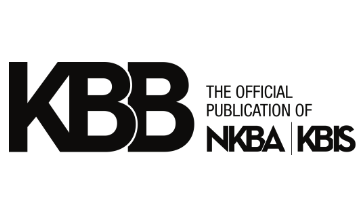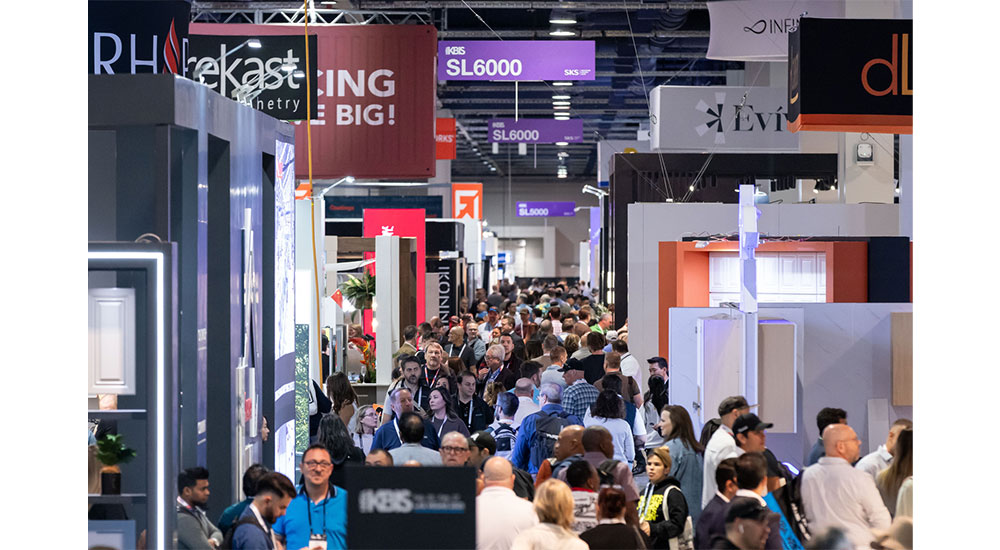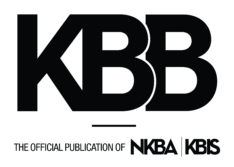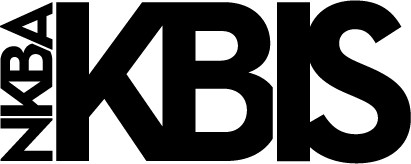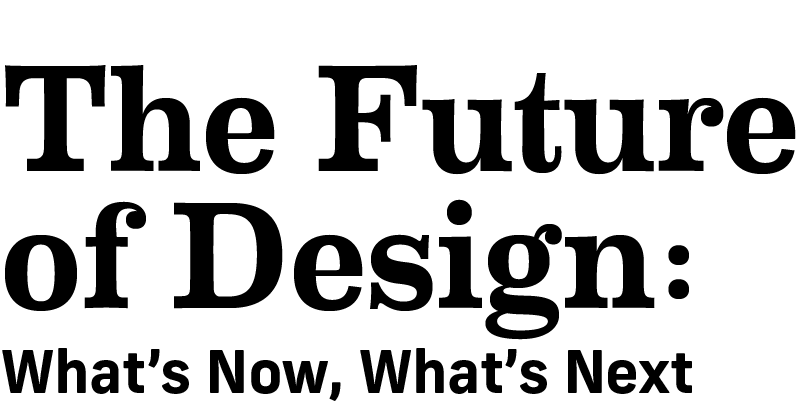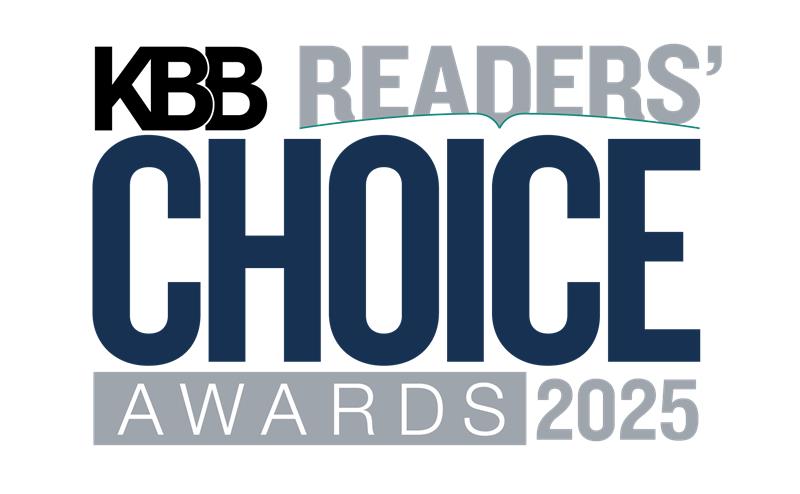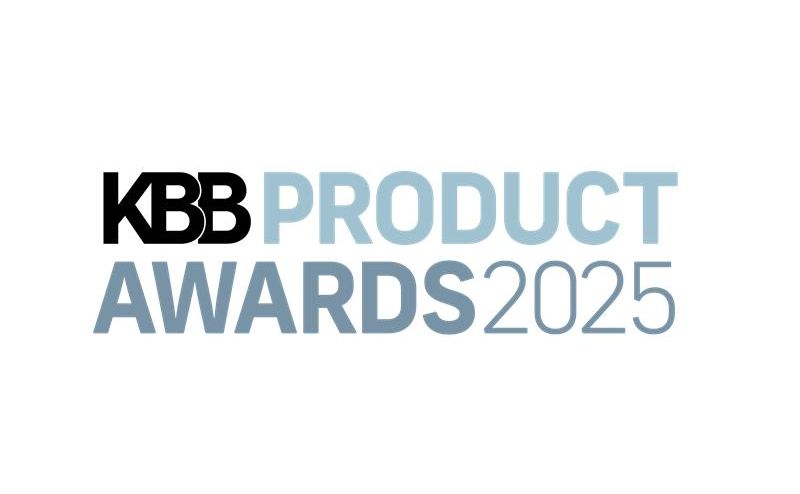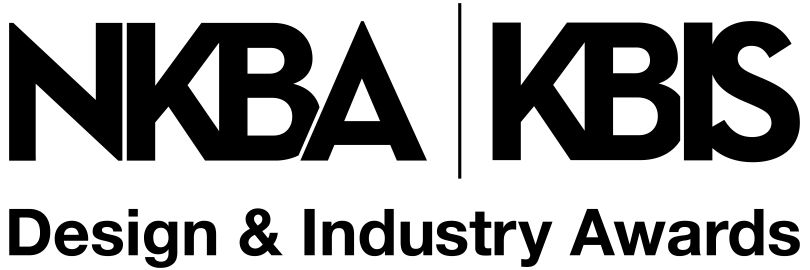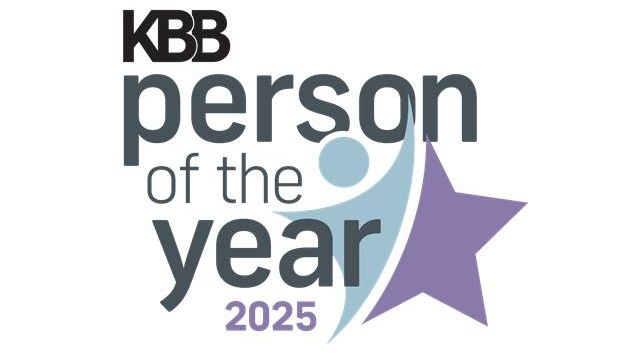In today’s digital-first world, it’s easy to think that Instagram influencers and SEO optimization are the gold standards of product marketing. But don’t be fooled – event marketing is far from obsolete. According to ASID’s 2025 Trends Outlook Report, Gen Z-ers and millennials in particular (our next wave of business leaders!) are increasingly prioritizing experiences, keeping trade shows a vital part of any manufacturer’s strategy. In fact, a recent study reports that companies can achieve up to a 4:1 ROI on trade show investments when approached strategically.
The challenge? With anywhere from 450 to 2,000 booths at a typical design show, standing out in a sea of sinks and sconces is no small feat. The solution starts and ends with how you tell your story. Facts fade, while stories stick. The ultimate goal is to create an experience that is memorable; booths should not be built to merely (and sadly or chaotically) house a collection of products. They should be centered around a goal-driven design, engage the senses and share a narrative and brand point-of-view that resonates with their target audience.
Set Your Trade Show Goals
A common mistake when attending a trade show is failing to set a realistic internal objective. Is your goal to drive sales for a new line? Increase awareness in a new geographic market? Drive media coverage to shape perception of your brand? A goal-driven trade show presence should be your number one priority, and it should start with evaluating the show itself. Take a deep dive into the event’s typical attendees and think obsessively on how they can align with your targets.
Get Specific
Another mistake? Trying to cram it all in. Booths that try to squeeze as many pieces as possible in limited square footage tend to feel the least curated and impactful. Instead, get specific about what you have to offer. (It’s not a coincidence this audience is called “specifiers”). Designers and architects have to make one million decisions for every single project they work on. Alleviate their struggles and give them clear and interesting reasons to buy into your brand. What challenges do your clients face and what gaps do you fill? Define your X factor – that’s your why, not your what – and center your story around it.
Imagine your company manufactures high-end kitchen countertops and your goal is to drive sales for a new line of ultra-durable, family-friendly quartz surfaces. Interior designers are always looking to strike a balance between materials that are beautiful and easy to maintain. Don’t be afraid to address these pain points head on: host interactive demonstrations and invite visitors to participate in stain- and scratch-resistance tests.
A recent report from Event Marketer found that 85% of trade show attendees recalled brands better when they offered hands-on interactions. This is where you need to think outside the box: in this scenario, anyone can spill some wine or use a key to scratch a surface. Does it prove the point? Yes. Is it exciting? No. Take every opportunity to capture attention and infuse your brand. What is something that’s sharp, or oversized or ridiculous or irresistible to look at? Use that as your focal point that still proves the point of the test.
Make the Trade Show Booth an Experience
This brings us to our next point: the brands that drive the most engagement at any show are the ones that encourage attendees to do more than take a quick lap. Give them a reason to stick around. What’s your audience craving? Probably caffeine and maybe a phone charge – elements that invite people to stay awhile. There’s power in collaborative partnerships too. Find a like-minded brand or local partner to breathe experiential life into your booth. Luxury retail does an excellent job of this (for instance, Ralph Lauren’s coffee shops, Burberry’s food-centric Instagram content). Find a fun way to reinforce what your brand stands for through experiential components. Visitors will remember how your booth made them feel.
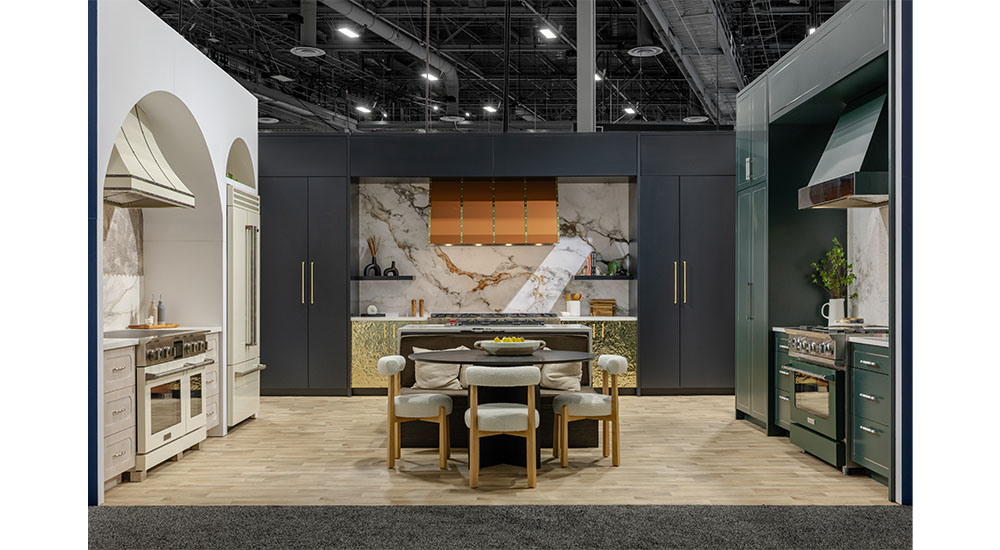
Photo: Kathryn Rapier
Kitchen appliance manufacturer BlueStar reflected on their decision to partner with San Francisco designer Tineke Triggs on the brand’s 2025 KBIS booth (above). Shae Wilder, director of public relations at BlueStar, explained how the designer’s vision created an inviting and restorative environment amid the bustle of the show. “Triggs aimed to create a space that evokes a sense of connection to nature, to contrast with the intense environment of the convention center. The booth’s color themes featured deep greens, muddy rust-brown stone and end-of-season leaves. The space encouraged guests to feel at home, which ultimately was a success. Guests were comfortable in the space and spent time talking and collaborating around a custom-designed round banquette at the center of the booth.”
Engage the Senses
Your booth might be easy on the eyes, but don’t neglect the other four senses. Create a sensory experience that immerses your visitors. Don’t be afraid to get creative with it. Shows are chaotic – bring some tranquility with water features, sound-proofing elements or music. Most importantly, let attendees touch, feel and see your products in action. Find fun ways to invite them to do so (no one can resist a sign that says “touch me!”)
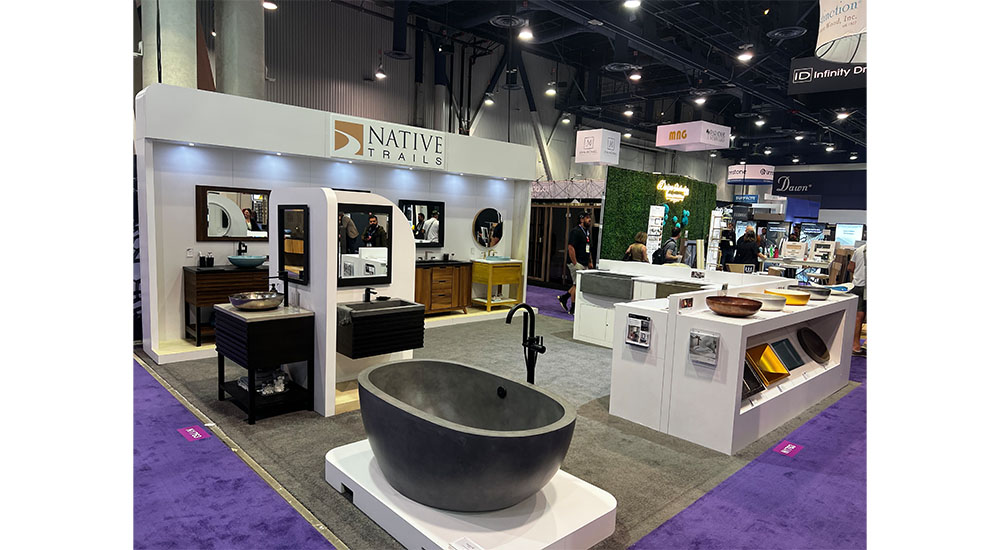
Photo courtesy Native Trails
Julianna Granados, marketing manager at artisan-crafted kitchen and bathroom brand Native Trails, reflected on the value of encouraging sensory engagement in their booth (above). “It’s not just about showcasing our products, but also letting people truly experience them. We typically position one of our NativeStone bathtubs towards the front of the booth, inviting both guests and passersby to get in and feel the difference for themselves. It sounds simple, but it always sparks a bit of fun and curiosity. There’s typically a moment of hesitation, followed by elements of surprise once they feel the soft, smooth interior. The elegant look and unexpectedly silky texture never fail to start conversations and leave a lasting impression.” Not to mention, this creates an easily “Instagramable” moment as well!
Make it Easy to Take Action
Now that you’ve drawn in the crowd, how do you nurture those leads? Being helpful is a low-cost, and extremely effective strategy. Provide a useful (and fun) way to take immediate actions to access information they need. Create a seamless digital experience. Use QR codes to direct digital attention and optimize those landing pages. These are a win-win tool: they provide easily accessible info for attendees and trackable leads for you.
Most importantly, don’t let your momentum fall flat when the show is over. The follow-up is where the magic happens. Forget the generic “thanks for stopping by” emails. Personal, thoughtful follow-ups are what truly convert interest into leads. Go the extra mile, prove you were listening and set up the next brand experience based on what each new contact actually needs.
The Bottom Line
When approached with a goal-driven mindset, trade shows are an opportunity to craft a compelling narrative about your brand that resonates with audiences in even the most crowded show floor. By creating immersive experiences that encourage participation and engage the senses, you can transform your booth from a static display into a memorable destination.
—Dayna Prepis, vice president, marketing, UpSpring
